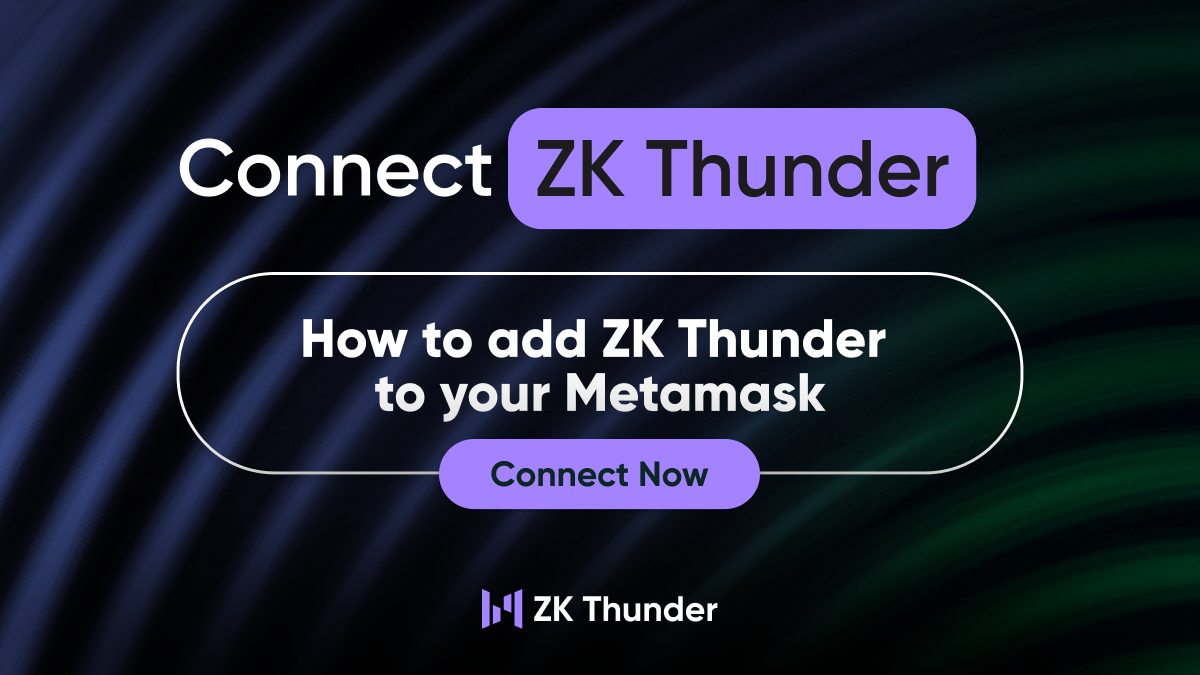
The Bitcoin halving is a significant event in the world of cryptocurrency that takes place roughly every four years when the block rewards for Bitcoin mining are cut in half. Let’s delve deeper into the concept, its history, when the next halving is projected to occur, and how the network will function once all Bitcoin is mined.
What is the Bitcoin Halving?
The Bitcoin halving is a process designed to control the supply and inflation rate of Bitcoin. Every 210,000 blocks mined, or approximately every four years, the core Bitcoin code cuts reward for mining new blocks in half. This built in scarcity mechanism helps Bitcoin maintain its value.
The History of the Bitcoin Halving
The first Bitcoin halving occurred on November 28, 2012. This milestone event dropped the block reward from 50 to 25 Bitcoin. The second halving took place on July 9, 2016, reducing the reward to 12.5 Bitcoin. Most recently, the third halving occurred on May 11, 2020, diminishing the reward to 6.25 Bitcoin.
When Is The Next Bitcoin Halving?
Experts project the next Bitcoin halving around 2024. The exact date depends on the speed of mining. This event will reduce the mining reward to 3.125 Bitcoin.
The number of halvings is finite. Bitcoin’s total supply is capped at 21 million, and with each halving, we inch closer to that maximum. The code now specifies that mining subsidy ends after there have been 64 halvings.
We expect the final halving event to happen in the year 2140.
Technical Overview of Bitcoin Halving
Diving into the technical aspect of Bitcoin halving, it’s important to understand its purpose. Satoshi Nakamoto built the halving mechanism into the Bitcoin protocol to prevent inflation. This protocol ensures the digital currency maintains a steady rate of growth, making Bitcoin more stable and attractive for investors.
Satoshi Nakamoto, the creator of Bitcoin, outlined Bitcoin halving in the original whitepaper. Nakamoto explained that halving was a way to keep Bitcoin’s inflation in check. As the reward for miners decreases over time, the total number of Bitcoin in circulation will approach but never reach 21 million.
“By convention, the first transaction in a block is a special transaction that starts a new coin owned by the creator of the block. This adds an incentive for nodes to support the network, and provides a way to initially distribute coins into circulation, since there is no central authority to issue them. The steady addition of a constant of amount of new coins is analogous to gold miners expending resources to add gold to circulation. In our case, it is CPU time and electricity that is expended.” -Satoshi Nakamoto
Halving In The Bitcoin Core Code
In the actual code, there is no pool for a “constant amount of new coins”. Instead, the subsidy was initially specified as 50 BTC, and the halving was set to occur every 210,000 blocks.
The code uses a constant called COIN which is equivalent to 100,000,000 Satoshis and not 1 BTC.
There is also a command that ends the subsidy once 64 halvings occur. This has been added after Satoshi’s involvement.
How will the Bitcoin Network Continue to Function After All 21,000,000 Bitcoin is Mined?
One of the most common questions about Bitcoin is how it will continue to function after all 21,000,000 have been mined?
While the mining rewards will cease, miners will still earn from transaction fees. These fees will become increasingly important for the security of the Bitcoin network.
The Mintlayer blockchain is much like Bitcoin in this way. We expect the 200,000,000 ML tokens set aside for block rewards to run out in approximately 10 years, at which point blocksigners will rely solely on transaction fees.
Does The Halving Affect Bitcoin’s Price?
Most people believe that the halving has a direct impact on Bitcoin’s price, and historically there have been very strong bull markets and all-time highs after each halving.
Bitcoin miners, who set the intrinsic price adjusting for their own costs, factor the halving into their budgets ahead of time. This acts to limit the volatility in the period around the halving.
The ultimate effect is that some miners will not be profitable at certain electricity rates and may have to shut down their mining hardware temporarily. The Network is self regulating, and miners will come back online after the price increases enough to once again remain profitable. This effect has much more impact on the price bottom than anything else.
How Will the Halving Affect Mintlayer?
Bitcoin’s halving will not affect Mintlayer at all. It will only affect miners of Bitcoin, but since it isn’t a surprise, the effect will be negligible.
The halving mechanism in Bitcoin is a simple built-in control for inflation. It has only a small direct bearing on the price, although public perception often leads to speculation.
Discover more

How to Add ZK Thunder to Metamask
This is a step-by-step guide How to Add ZK Thunder to your Metamask Wallet.

Are Quantum Computers a Threat to Crypto?
We break down the risks posed by quantum computing and explore potential solutions to safeguard blockchain security.

Mintlayer’s Pulsar Consensus: A New Era for Efficiency & Security
We have published our comprehensive white paper on arXiv.org detailing the Pulsar Consensus.